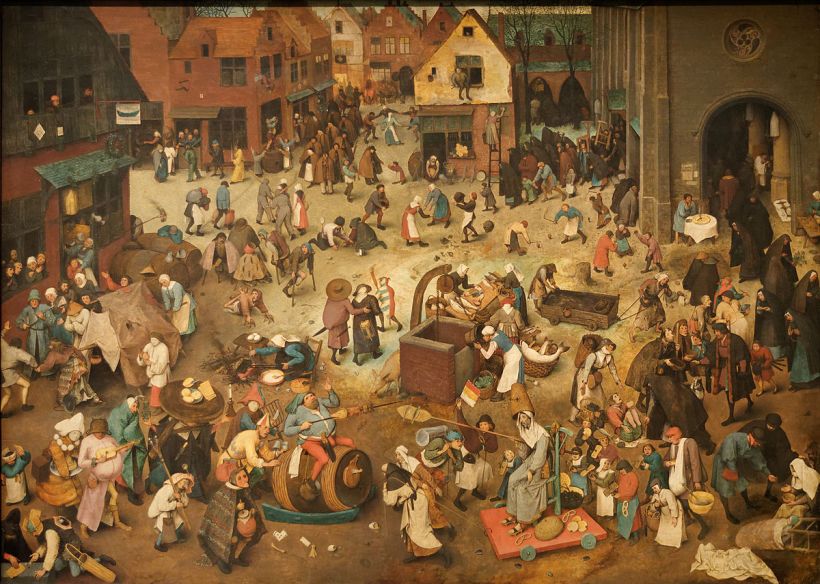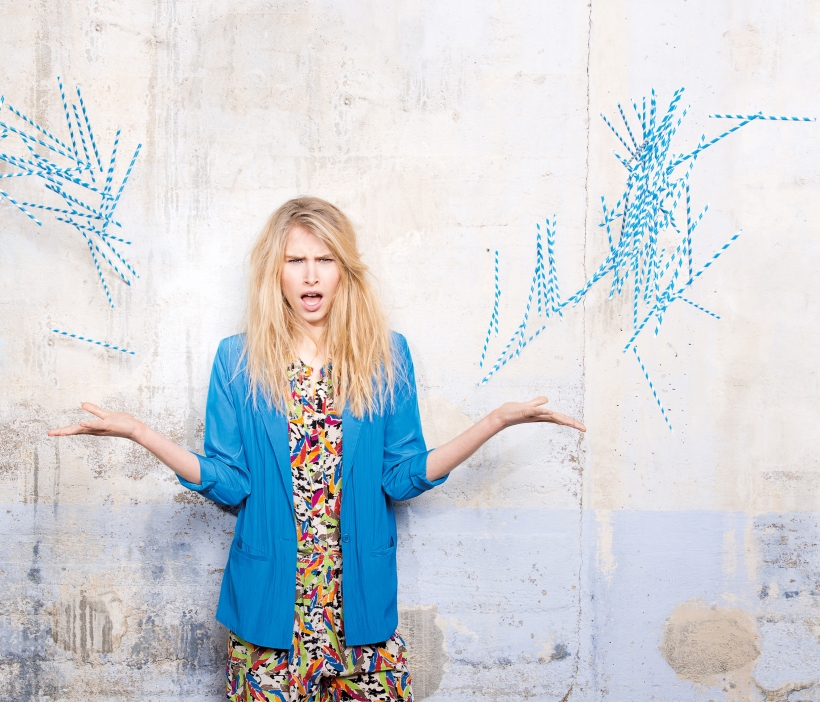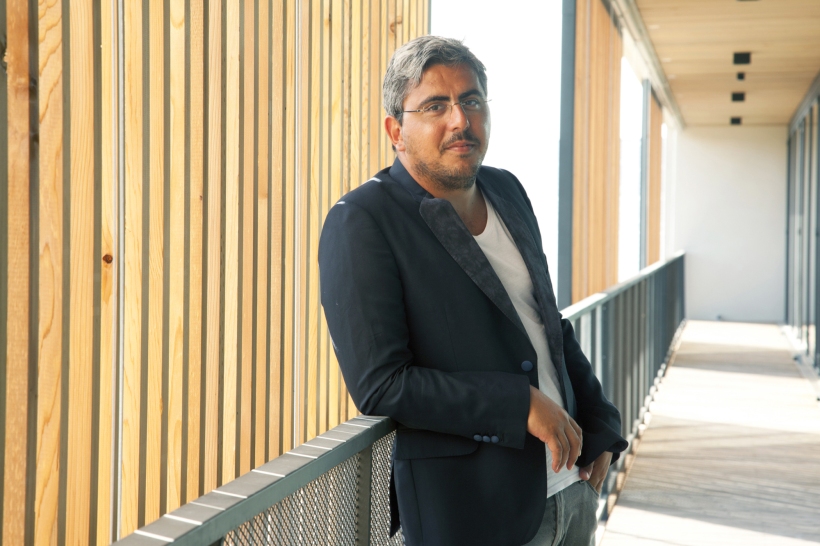From the Italian term “grottesca”, which means cave fresco, definition and use of the term grotesque will mute through centuries. In 1532, it defines a “capricious ornaments”, and during the XVIe century it designates a caricatured or fantastic figure. Until those times, the expression is mainly used in the field of painting.
During the year 1636, in his book L’Illusion Comique, the French writer Corneille updates the signification of the word linking it to an idea of comical; “(…) causing laughing by its extravagance”. During the XVIIIe century, the Dictionary of French Academy defines it again under its pictorial aspect, explaining that a grotesque representation has one natural part and the other one chimerical.
The meaning continues to evolve through the decades and starts to figuratively nominate something or someone ridiculous, bizarre or extravagant. Nowadays, the dominant idea around grotesque is the one of extravagance; someone or something that lends to laugh by its incredible and eccentric characteristic, and also its bad taste.
There is embarrassment around the notion of grotesque facing the common desire to define it precisely without succeeding to do so.
It is by essence a hybrid word, its strength is to be constantly renewed, evolving and changing.
Hybridization disturbs, because it is creating something new, and very often changes and novelties are chocking.

This is exactly what Hussein Chalayan did with the famous and so-called burqa collection. It’s a political statement about women’s rights and equality. Conceptually speaking, it is about breaking rules and conductively embracing cultural chaos, it that case we are talking about a very precise cultural background in some countries of the world.
We can put in comparison this statement about equality with the main characteristic of the carnival phenomenon. During this festivity everybody is put in the same level and everything is basically possible. Mikhaïl Bakhtine defines the term carnavalesque as a temporary inversion of hierarchies and values. He develops the idea of carnival as a strong expression of popular culture in its subversive dimension.
Here, Hussein Chalayan is unveiling the body of women to show orifices. He is revealing the social body, in which the natural should be eliminated, putting in evidence orifices, which are the opening self to the world, the connection between the internal and the external environment. The designer is hiding the face and showing the down part of the body; we recognize characteristics proper to the grotesque, the one of every possibility, inversions, and up side down.

The grotesque is disturbing, because it’s cultivating contradictions and paradoxes.
In that sense it is able to break down the prejudiced and move walls of preconceived. It is interesting to have a different look on this collection considering this way of reaching a form a freedom of the body.
The Italian artist Francesco Albano also worked on the concept of grotesque with his sculpture of melting body. On this piece of work, the first thing we see is the orifice, our natural and animal part. We can interpret this shape as an animal in cage trying to escape, and as a metaphor of someone willing to break out from ones social body.

This white and blank space made of neutrality reminds a dream, a fantasy in which everything is possible and where you can build your own world. A world that allows to invent a new reality made of paradoxes and hybridizations. A grotesque universe defined by Bakhtine as the unfinished metamorphose of death and birth, growth and becoming, always on the border between reality and imaginary.





